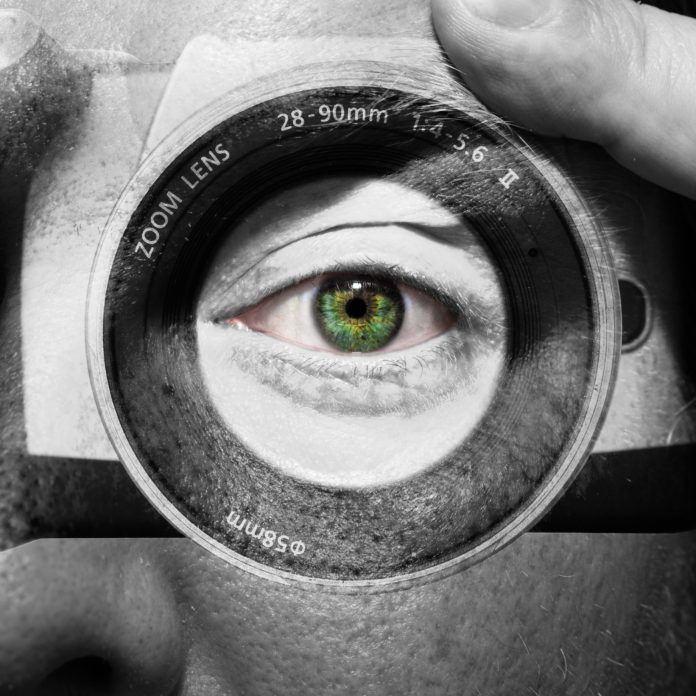Scientists are always coming up with ways to enhance the human body. Two years ago bioengineers enhanced the human eye to see in the dark using chlorophyll. Another group came up with earbuds that give soldiers excellent hearing so they can find the enemy by listening hard enough. Elon Musk plans to integrate computers into human brains that smacks of a Keanu Reeves sci-fi flick. And now, physicists have come up with a way that will one day see people view ‘invisible’ colors.
Tetrachromacy
Most human beings have three features called cones located on the retina. The cones are what enables people to see colors in their environment. The three cones typically present enable an individual to see short, medium and long light wavelengths. Individuals are thus able to see the corresponding blue, green and red colors. Because they have three cones, a majority of human beings are called trichromats.
Like every other rule in the universe, trichromacy has an exception. Individuals exempt from trichromacy typically have four cones and are referred to as tetrachromats. Tetrachromats are not rare, but they do see colors that to a trichromat would appear the same. Most other animal species on earth are tetrachromats. These animals can see even ultraviolet lights, but it is unclear whether their human counterparts can do the same. In humans, tetrachromacy is estimated to be higher in women with a range of three to fifty percent of females being approximated to be tetrachromats. The reason given for this difference in tetrachromacy between the genders is that two cones reside to the X chromosome, making it more likely for a woman to see additional colors when compared to a man.
Mikhail Kats was the lead scientist in a project conducted at the Wisconsin-Madison University whose objective was to modify glasses to enable a trichromat to see colors as a tetrachromat does.
Colors exist in blocks called metamers. A metamer may look the same to the naked eye but in reality, be comprised of several distinct colors. Kats and his team exploited this fact in their modeling of the ‘terachromatic’ glasses.
In their report in New Scientist, the researchers said that they used a filter that divides the blue spectrum into its various metamers in the glasses. The team then displayed the metamers on a smartphone screen and a computer screen. The team observed the colors on the screens without, then with the glasses. In an interview with the New Scientist, Kats remarked, “When looking at the screen at first, the colors appeared the same. When the spectacles were put on, they suddenly looked very different!”
The research group explained that that observation was because their glasses enhanced the eyesight of anyone who put them on by helping them differentiate the varied light wavelengths in the blue spectrum. Kats and his team are currently working on developing filters for the green and red spectrums.
Applications of such an invention would be numerous. It would help soldiers spot enemies in camouflage, enable banks to spot counterfeit cash more easily and even help us monitor fruits for spoilage by looking at the color of the skin.




